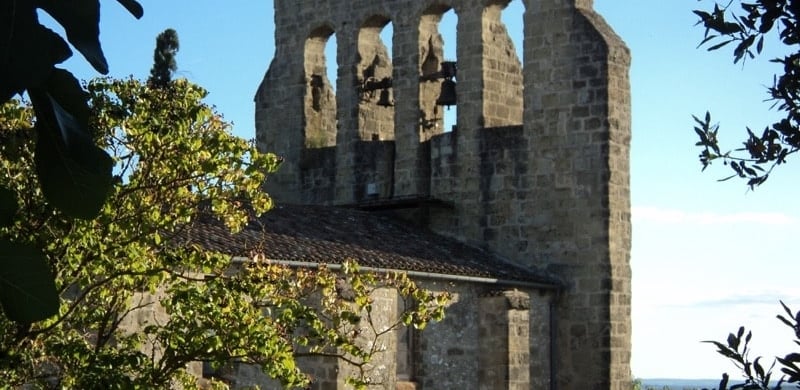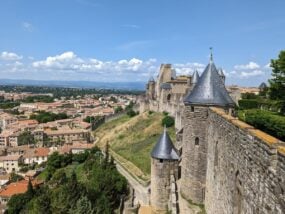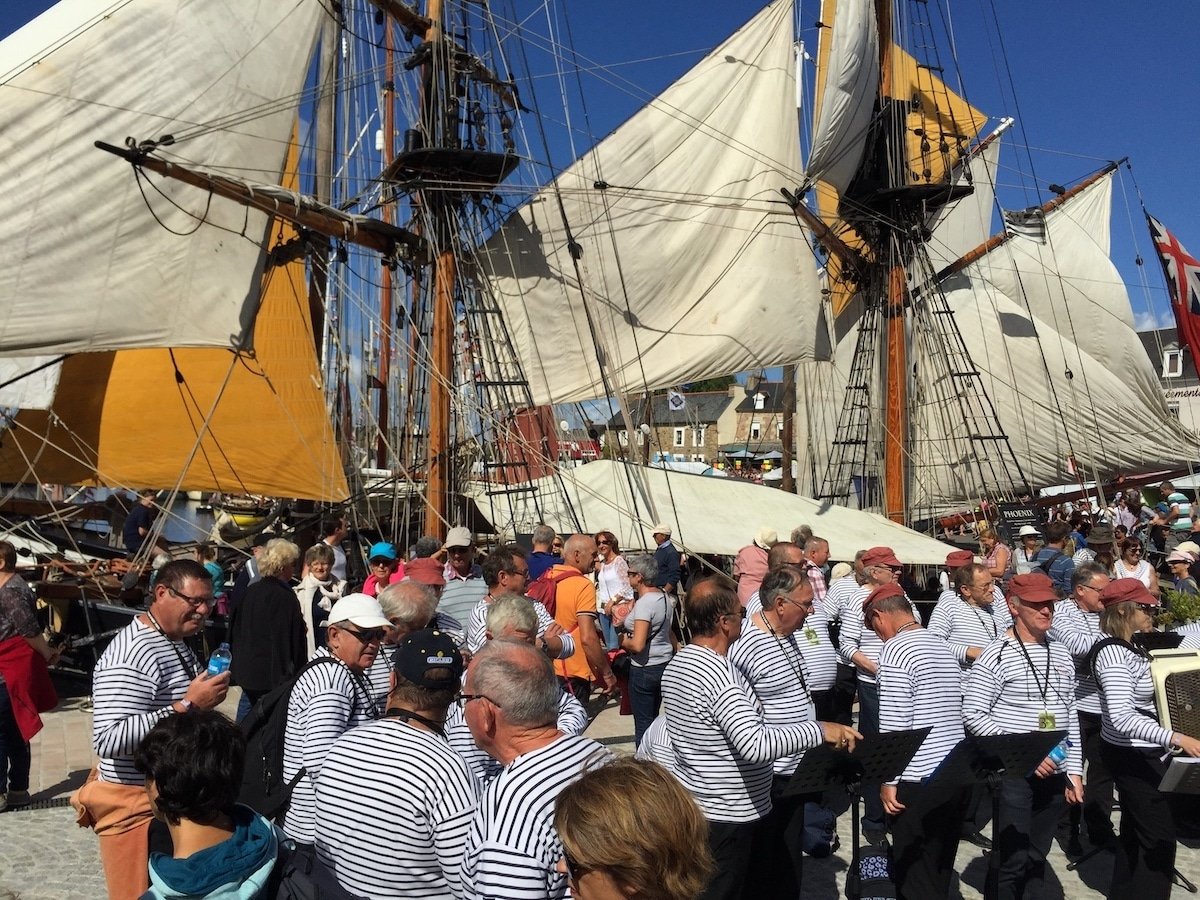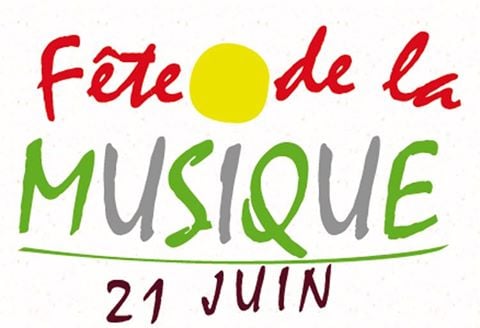Use the floating blue icon in the bottom right to hide/reveal the English translations below or just click here.
Au début de son séjour en immersion en français chez moi, Virginia, venue de la lointaine Australie a découvert des constructions dans la campagne qu’elle n’avait vues nulle part ailleurs.
At the beginning of her French immersion homestay with me, Virginia, coming from distant Australia, discovered buildings that she hadn’t seen anywhere else.
Passionnée par la France où elle a voyagé de nombreuses fois, elle dit elle-même qu’elle connaît en France plus d’endroits qu’en Australie, elle n’avait jamais vu de telles bâtiments.
Passionate by France where she traveled several time – she even says she know more places in France than in Australia – she had never seen such buildings.
Aujourd’hui, nous allons les visiter ensemble !
Today, we’ll visit them together!
8 French Countryside Building Words
- A dovecote : Un pigeonnier
- A windmill : Un moulin à vent
- A watermill : Un moulin à eau
- A wheel : une roue
- A paddle wheel : une roue à aubes
- A lock (on waterway) : Une écluse
- Une église : a church
- A clock tower : un clocher

Clock Tower Churches
Dans les villages, souvent très petits, il y a toujours une église de style roman avec un clocher-mur.
In the villages, which are quite small, there is always a church with a « clocher-mur » (the wall has the same function as a clock tower).
Ces églises sont très anciennes (12ème-13ème siècle), on peut voir quelquefois des fresques datant du Moyen-âge.
These churches are very old (12th / 13th century) and, sometimes, there are frescoes dating from the Middle Ages.
Les paysans de l’époque ne savaient pas lire. Des images, des illustrations étaient utilisées. Des fresques et des vitraux étaient utilisés comme moyen d’expression. Ici, on peut voir une représentation de l’enfer et de démons transportant les damnés en enfer.
The common people could not read. Pictures and illustrations were used. The common medium used were frescoes and stained glass windows. One picture depicts demons carrying the damned to hell.

Tobacco/Plum Drying Sheds of the Lot-et-Garonne
Dans la campagne de ma région, il y a beaucoup de bâtiments utilisés pour sécher le tabac, d’autres pour sécher les prunes pour faire des pruneaux.
In my region’s countryside, there are many buildings used to try tobacco, or dry plums to make prunes.

Désormais le tabac a presque disparu, les prunes sont séchées dans des fours modernes.
Today, tobacco has nearly disappeared, and the plums are dried in modern ovens
The Dovecotes of the French Countryside
Il y a aussi des pigeonniers dans notre campagne. Virginia a pris des photos en se promenant avec moi.
There are also dove cotes in our area, Virginia took pictures while she was taking a walk with moi.

Ces pigeonniers étaient construits pour récolter les fientes, à leur tour utilisées pour fertilizer les champs. Les pigeonniers étaient construits sur de hautes colonnes pour empêcher les renards, rats et autres animaux d’attaquer les colombes ou pigeons.
These dove cotes were built to collect the droppings, which were then used to fertilize the fields. The dovecotes were built high on pillars to prevent foxes, rats and other animals from attacking the doves or pigeons.
Près de là, il y avait une fontaine, Joy, mon chien, avait très soif parce qu’il faisait chaud ce jour-là !
Nearby, there was a fountain: Joy, my dog, was thirsty because it was hot that day!

French Countryside Architecture: Watermills
Lors d’une autre excursion, Virginia a photographié une impressionnante roue à aubes ! Le moulin à eau était principalement utilisé pour moudre le grain, et produire de la farine pour le pain.
On another excursion, Virginia took photos of an impressive paddle wheel! The water mill was mainly used for grinding grain, producing flour for bread.

Les pigeonniers, les moulins à eau, les moulins à vent ne sont plus en activité, mais nombreux sont préservés. On peut toujours les voir dans la région, et un homme local a récemment relancé la production de farine. Sur la rivière du Dropt, des péniches étaient utilisées pour transporter le vin et les pruneaux.
Dovecotes and mills are no longer used, however, many are well preserved. There are still many to be seen in our area and a local man has recently restarted the production of flour. On the river Dropt, barges were used to transport wine, and prunes.
Tous ces bâtiments font partie de la richesse de ce beau pays !
All these buildings are part of the heritage of this beautiful country!
If you liked this article, why not consider a French Immersion Residential courses recommended by French Today?









Comments